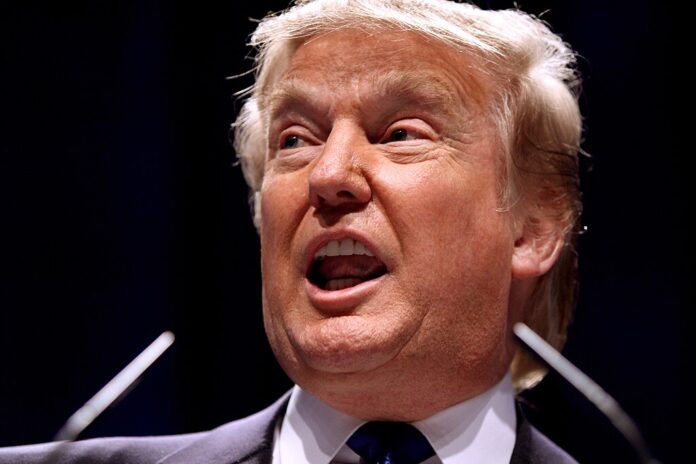Trump’s massive tax-and-spending bill delivers conservative dreams—and brutal welfare cuts
Donald Trump is delivering the conservative revolution Republicans have been chasing for decades—one tax cut and welfare rollback at a time.
This 4th of July, Trump is expected to sign what he calls “one big, beautiful bill”: a sweeping package that extends his 2017 tax cuts, creates new deductions aimed at working-class voters, and rewrites America’s safety net. The plan is already being hailed by conservatives as a generational win. But critics say it comes with devastating costs.
The bill slashes funding to Medicaid and SNAP (food stamps)—programs that provide healthcare and food aid to millions. And it imposes new, stricter work requirements that experts say could see as many as 11.8 million people lose healthcare and 8 million lose food assistance.
“This is going to affect everyone. These aren’t ‘other people’s’ programs,” said Lelaine Bigelow, director of the Georgetown Center on Poverty and Inequality. “It’s your neighbours. Your kids’ classmates. Your colleagues.”
For decades, Republicans have argued that welfare programs foster dependency. Now, they’ve written that philosophy into law.
The bill forces states to begin footing part of the SNAP bill for the first time. It also enacts harsh new work conditions for recipients of both programs. House Speaker Mike Johnson, defending the cuts, cited data claiming many unemployed Medicaid recipients spend their days playing video games.
The GOP says the changes will reduce “fraud and abuse.” But the nonpartisan Congressional Budget Office projects massive fallout: a $120 billion annual blow to local economies, fewer customers for small businesses, and financial peril for rural hospitals reliant on Medicaid funds.
“There’s going to be a crash,” warned sociologist Robert Manduca from the University of Michigan. “This hits employment, consumer spending, and ultimately, economic stability.”
The bill also ends Joe Biden’s green energy subsidies to save cash, and reroutes tens of billions into immigration enforcement and Trump’s border wall—a rallying cry that helped secure his re-election.
Embed from Getty ImagesIronically, despite the brutal cuts, the legislation still adds $3.3 trillion to the national deficit by 2034, primarily due to its tax breaks. While working Americans will get temporary cuts—on tips, overtime, and car loan interest—most of the long-term benefits go to the wealthiest 2%.
That contradiction—slashing aid for the poor while inflating the deficit with tax relief for the rich—has outraged budget hawks and progressives alike.
“Yes, the economy may enjoy a sugar-high,” said Maya MacGuineas of the Committee for a Responsible Federal Budget. “But it won’t last. What comes next is the crash.”
Even for Americans who don’t depend on Medicaid or SNAP, the consequences will be real. Grocery stores may see fewer customers. Hospitals could close. Employers may lay off staff as spending dries up.
This is what Republicans have wanted for years: low taxes, a smaller state, and a leaner social safety net. Now, they have it.
But the cost—millions pushed off aid, widening inequality, and a ballooning deficit—may turn Trump’s “beautiful bill” into an economic time bomb.
